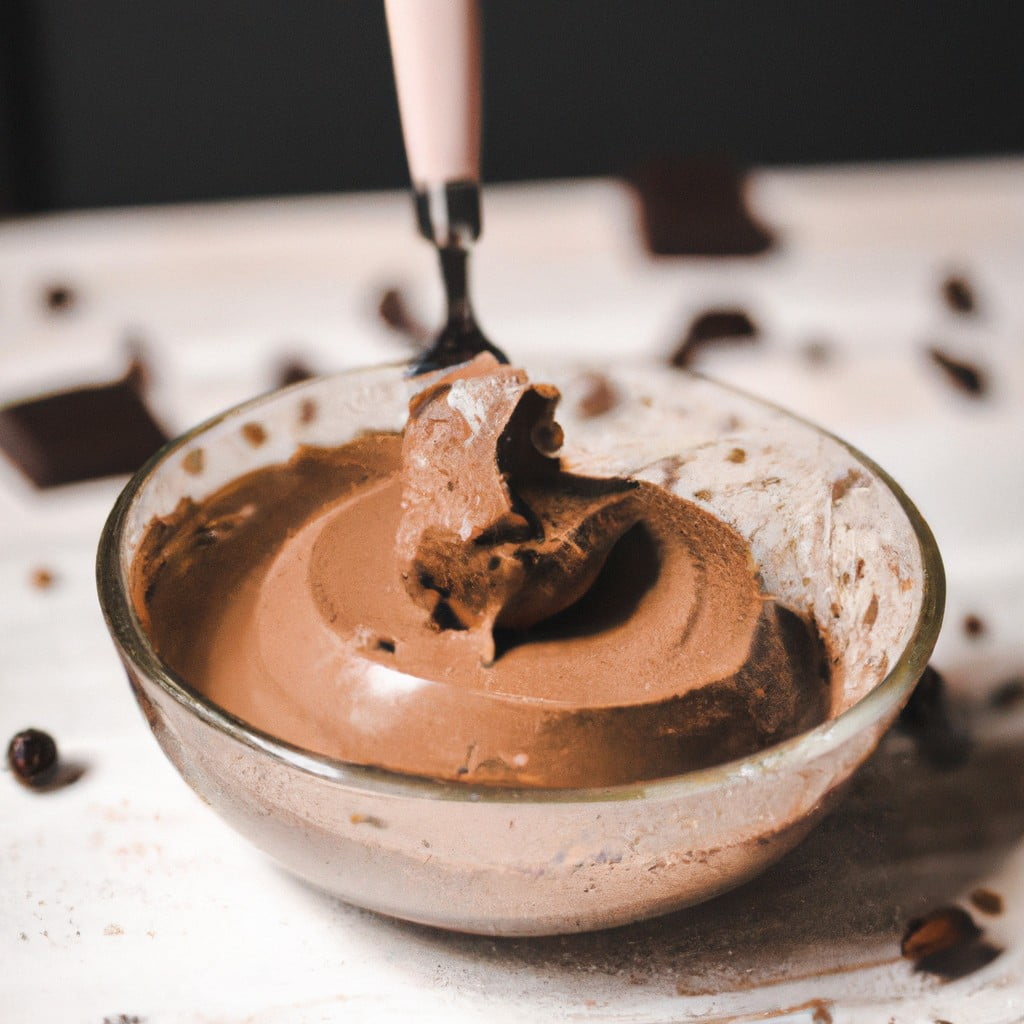Learn how to create smooth and rich chocolate pudding with this simple step-by-step guide.
Key takeaways:
- Use high-quality cocoa powder for rich flavor.
- Thickening agent: cornstarch creates creamy consistency.
- Choose whole milk or milk/heavy cream mix for texture.
- Enhance flavor with vanilla extract and a pinch of salt.
- Serve with whipped cream, shavings, fruit, or nuts.
Inside
Ingredients for Chocolate Pudding

Select high-quality cocoa powder for a rich flavor base, as it’s the main element providing the chocolate essence. For enhanced depth, consider a combination of Dutch-processed and natural cocoa powders.
Choose a thickening agent; cornstarch is commonly used to achieve a creamy and smooth consistency.
Opt for whole milk or a mix of milk and heavy cream for the liquid base, which lends the pudding its luxurious texture.
Granulated sugar sweetens the mix, but brown sugar can add a caramel undertone if preferred.
Pure vanilla extract enhances the flavor profile, and a pinch of salt balances the sweetness.
For a gourmet twist, infuse the milk with spices like cinnamon or extracts of almond or mint before mixing with the dry ingredients.
Consider dark, milk, or bittersweet chocolate pieces for added richness, melting them into the pudding for a decadent touch.
Instructions
Begin by combining sugar, cocoa powder, and a pinch of salt in a saucepan. Gradually whisk in milk to avoid lump formation, ensuring a smooth mixture. Cook over medium heat while continually stirring until the mixture thickens. This process may take about 10 minutes.
Once thickened, remove the saucepan from the heat. In a separate bowl, have egg yolks beaten. Temper the yolks by slowly incorporating some of the hot chocolate mixture, stirring constantly. This step prevents the eggs from scrambling by gently raising their temperature.
Return the tempered yolks into the saucepan with the remaining chocolate mixture. Place back on heat and stir for another 2 minutes. The mixture should be sufficiently thick and will further set as it cools.
Conclude by removing from heat and stirring in vanilla extract. Pour through a fine-mesh sieve into a serving bowl or individual serving dishes to ensure a silky texture, pressing through with a spatula. Cover with plastic wrap, pressing down onto the surface to prevent a skin from forming. Chill in the refrigerator until set, usually about 4 hours.
Serving Suggestions for Chocolate Pudding
Enhance the experience of indulging in homemade chocolate pudding by considering these serving ideas:
- Add Whipped Cream: A dollop of whipped cream on top offers a light, airy contrast to the dense pudding.
- Sprinkle with Shavings: Chocolate shavings or cocoa powder can be sprinkled on top for an extra touch of chocolatey elegance.
- Fresh Fruit Garnish: Garnish with fresh berries or sliced bananas for a refreshing balance to the richness of the pudding.
- Layer with Cookies: For a textured dessert, layer your pudding with crumbled cookies or graham crackers.
- Serve in Creative Vessels: Present in individual ramekins, fancy glasses, or even edible chocolate cups for a delightful presentation.
- Combine with Nuts: Top with chopped nuts like almonds or hazelnuts for a satisfying crunch.
Nutrition Information
Chocolate pudding can vary in its nutritional content based on the ingredients used. Traditional recipes typically include milk, sugar, cocoa powder, and a thickening agent like cornstarch.
Here are some key points to consider:
- Calories: A standard serving of homemade chocolate pudding may contain between 140-200 calories, depending on the amount of sugar and type of milk used.
- Fat: The fat content largely depends on the milk choice; whole milk will result in a richer pudding with higher fat content, while using skim or plant-based milk will reduce the fat.
- Sugar: Most recipes call for added sugar, contributing to the total carbohydrate count. To reduce sugar, consider using alternative sweeteners or reducing the quantity.
- Protein: Milk is the primary source of protein in chocolate pudding, contributing to its satiety factor.
- Dietary fiber: Traditional chocolate pudding is low in fiber, but incorporating a dark, high-fiber cocoa powder or serving with fruit can boost fiber intake.
- Vitamins and minerals: Using dairy milk provides calcium and potassium, but if dairy-free alternatives are used, ensure they are fortified.
To tailor the nutritional profile of your chocolate pudding to your needs, you can adjust ingredients, such as using a sugar substitute, opting for a milk alternative, or using a portion control for serving size.
Troubleshooting Common Chocolate Pudding Issues
If your pudding is too runny, it likely needs more time to set up. Ensure it cools sufficiently, as it thickens while cooling. Starches like cornstarch or flour must be cooked long enough to reach their thickening potential, usually until the mixture boils and then simmer for a couple of minutes.
A lumpy texture can occur if the dry ingredients weren’t sifted or incorporated slowly and evenly. Combat lumps by whisking vigorously or straining the mixture before chilling.
For pudding that’s turned out too thick, gently whisk in a small amount of milk until the desired consistency is achieved. Be careful not to add too much liquid, which could break down the structure and return it to a runny state.
If the chocolate flavor lacks intensity, try using a higher percentage of cocoa in your chocolate or add a bit of instant espresso powder to enhance the chocolate notes without overwhelming the pudding with coffee flavor.
Surface skin on pudding is natural as it cools but can be prevented by placing a piece of plastic wrap directly on the surface of the pudding while it cools.
Remember that quality ingredients make a significant difference. Use fresh, high-quality chocolate and dairy for the best results. If a grainy texture appears, it might be due to the chocolate overheating or the sugar not dissolving properly. Heat the mixture gently, and ensure the sugar is fully integrated before it cools.